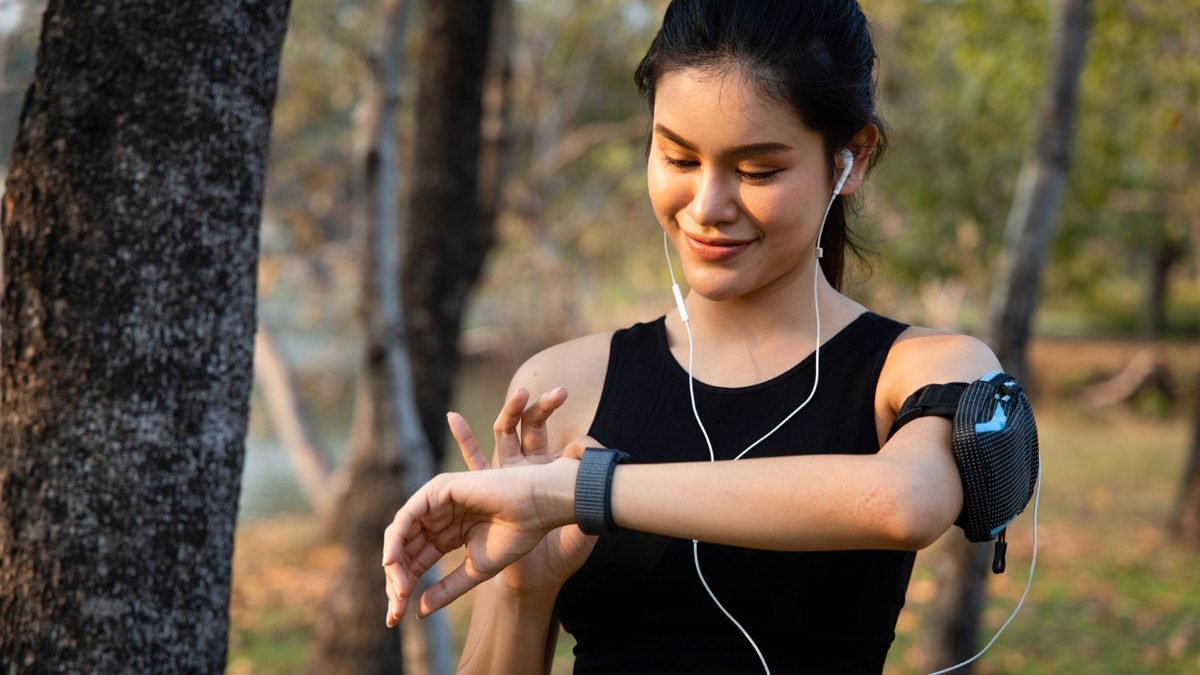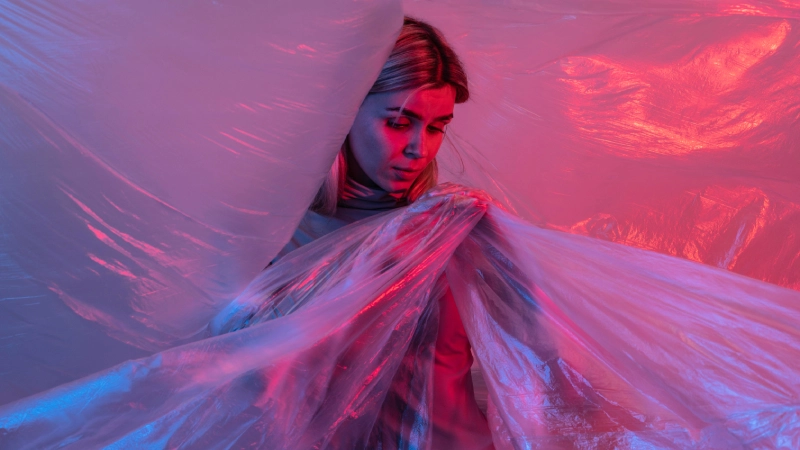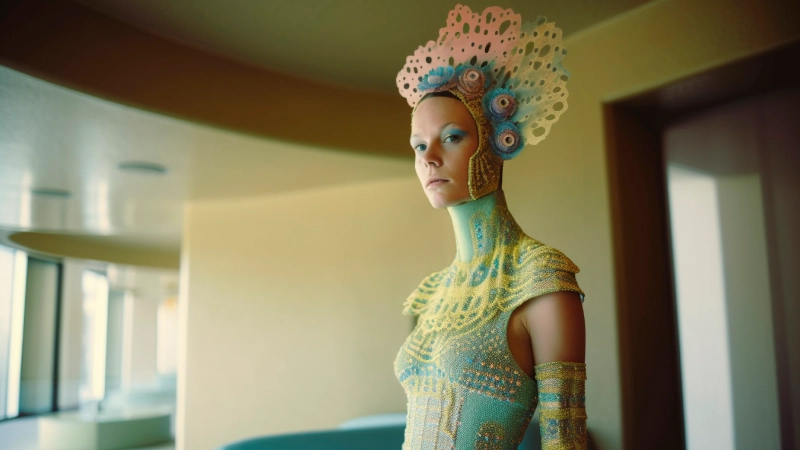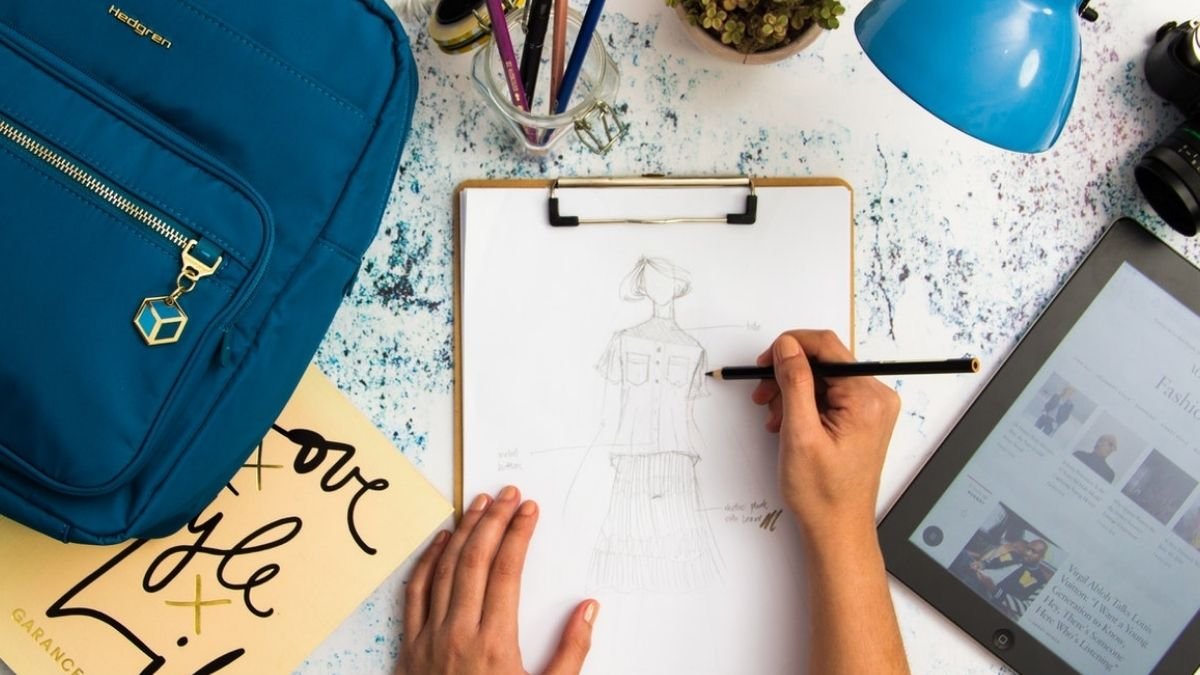Table of Contents
Highlights
- AI transforms fashion into wearable art through design generation, trend forecasting, and sustainable innovation.
- Notable cases include The Fabricant’s virtual couture and IBM Watson’s emotion-responsive dress.
- It expands creativity but raises concerns over authorship, bias, and traditional craftsmanship.
With the pace of technological advancement, anywhere and everywhere remaining untouched by AI is a rarity. Fashion, an age-old epitome of artistic invention, ah, craftsmanship, and cultural commentary, is now taking AI to be a co-designer, giving rise to an era where technology and creativity merge to produce what could only be called wearable art. The generation of patterns by an algorithm, choosing the most sustainable materials-a whole spectrum of activities, where designers are helped by AI for a complete transformation of their processes, thereby reflecting back on the possibilities in fashion itself.

Fusion of Fashion and AI
Historically, the world of fashion has always been driven by human intuition, emotion, and cultural narratives. However, an understanding of patterns, aesthetics, and even emotional cues by an AI system has made collaboration with these machines for design an ever-increasing reality.Today, AI is no longer just applied to optimize production or analyze marketing trends — it is now a co-creator, working alongside human creative teams to express through data insights, generative art, and predictive models the vision of a human designer.
AI-powered software can chew through vast databases on fashion history, cultural trends, color theory, and material science. In so doing, it helps designers forecast trends, develop new silhouettes, and even propose weird fabric combinations. While in the past, AI collaborators may have been seen as replacing designers, they actually amplify the designers’ potential to create innovation at an unprecedented scale and speed.

AI Co-Design: Case Studies in Wearable Art
A few landmark examples go on to show how AI co-design is changing fashion today:
1. The Fabricant: Fashion Beyond the Physical
Synonymous with AI-assisted design is the Dutch digital fashion house The Fabricant. As they specialize in virtual couture, The Fabricant uses AI to co-design fashions that are purely digital in nature-they are clothes for virtual identities, social media, and the metaverse. AI algorithms generate intricate patterns and fluid forms that could hardly be created in the real world.
In one infamous case, the Fabricant teamed up with blockchain company, Dapper Labs in selling the world’s first digital-only dress, “Iridescence” in 2019, for $9,500.Fashion design was created through generative AI, emphasizing how new economies can grow out of technology for wearable fashion.

2. IBM and Marchesa: AI Goes to the Red Carpet
In 2016, IBM Watson and the high-end fashion house Marchesa joined hands, preparing the so-called “cognitive dress” that graced the Met Gala. Watson analyzed millions of images to find colors, fabrics, and patterns that would elicit certain emotions using its AI capabilities. The final installation embedded LED lights that changed color according to real-time social media sentiment on the event.
This project showed the usefulness of AI not simply as a passive tool but as something which could actually become part of the art itself, reacting to the audience dynamically — truly the essence of wearable art.
3. AI for Sustainable Fashion Design
In the area of sustainable designs, Stella McCartney and Adidas are among the brands that use AI for purposes other than aesthetics. From an AI perspective, the environmental impact of materials is assessed, and the longevity and wear patterns of designs are predicted. It is reported that Google’s Environmental Insights Explorer, along with AI design tools, enables designers to assess the carbon footprint of their fabric choices.

Generative AI and the New Aesthetic
The sartorial evolution through AI lies in its ability to generate designs-for prints, patterns, and even entire forms-that flout traditional design logic. GANs, or generative adversarial networks, are a special breed of AI where the network looks at old designs and creates something completely new with it. It can mix and match styles from history, combine disparate cultural verbiages, or forge an entirely new one.
For a while now, Berlin-based Damara Inglês has been collaborating with AI to design garments that cleverly intermingle African textiles with cyber-futuristic aesthetics. These hybridization processes combine the memory of man with machine creativity in redefinition of 21st-century wearable art.
The Democratization of Design
AI co-design may, therefore, mean the democratization of fashion. Supported by Cala, Fashwell offers AI-assisted design tools to independent creators who do not have the backing of established fashion houses. These tools offer emerging designers the opportunity to quickly prototype, visualize, test, and refine concepts.

The lowering of the walls of entry does visionary diversity in the little, giving wearable art access beyond privileged few into the hands of creators and consumers around the world.
Challenges and Ethical Questions
In spite of the promise generally held upon it, AI co-design enters the realm of ethics and creativity into several areas. Who owns the design created by AI? Can the term artist or co-creator apply to the machine? Is it a threat to traditional craftsmanship when the creative weight from their shoulders is quickly lifted onto AI systems?
And in the case of biases, many AI systems usually learn from sets of existing data that may either create or sustain Eurocentric beauty standards for instance, or just ignore marginalized cultural aesthetics. Designers and technologists must work together to make sure that AI tools promote the diversity of fashion expression instead of narrowing it.]The Future of AI Co-Design: Beyond Fashion
In technological progression, it will cast the co-design role in a different light and stand beyond apparel, in other forms of wearable tech: jewelry that shifts form with moods; shoes that change texture according to terrain; and textiles that monitor your health.

The new hyper-customized make of wearable art would see the line disappearing between designer, machine, and wearer.
Conclusion: The New Canvas for Creativity
Fashion co-design with AI is more than a mere technological curiosity. It is said to be a radical change in the conception and creation of wearable art. By working alongside intelligent systems, humans can entice the imagination beyond the limits of human intellect alone: hence imagining new forms, new materials, and new meanings.
The partnership will not serve to distract the artist but to refer to a larger canvas. As new ways evolve, fashion will continue to represent our changing culture, one that reflects not only who we are but also who we might become when creativity is fused with technology.